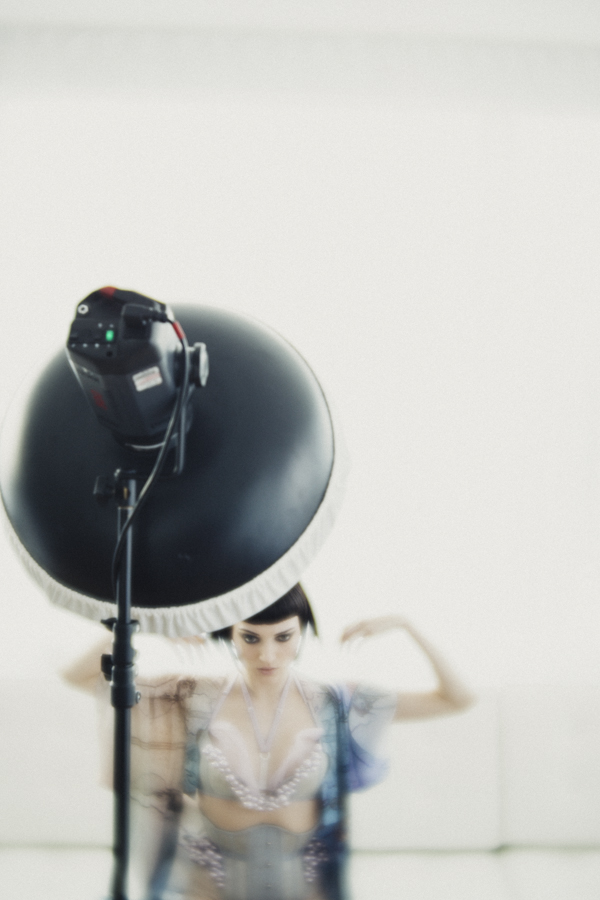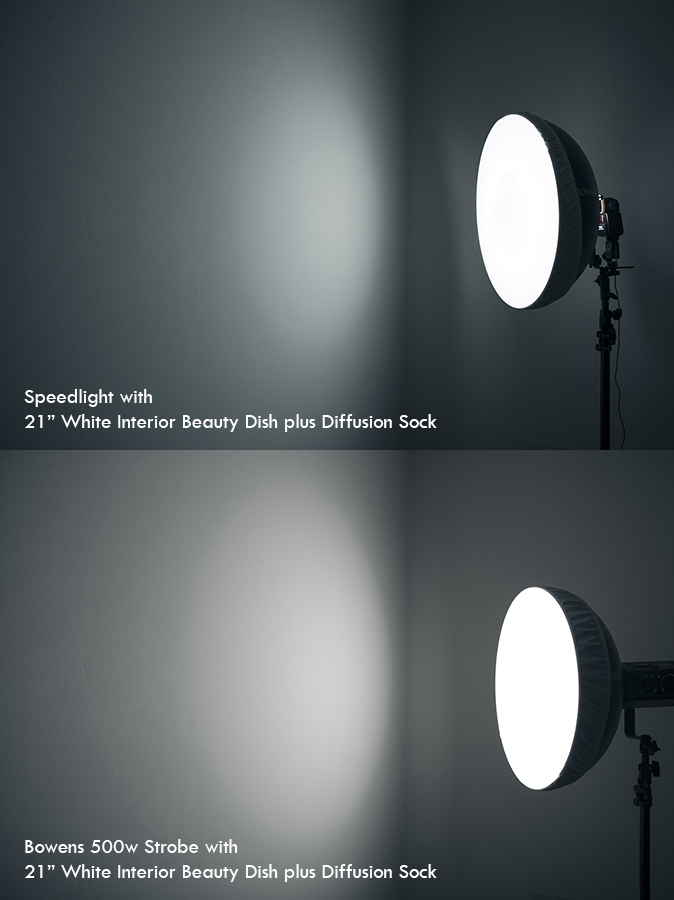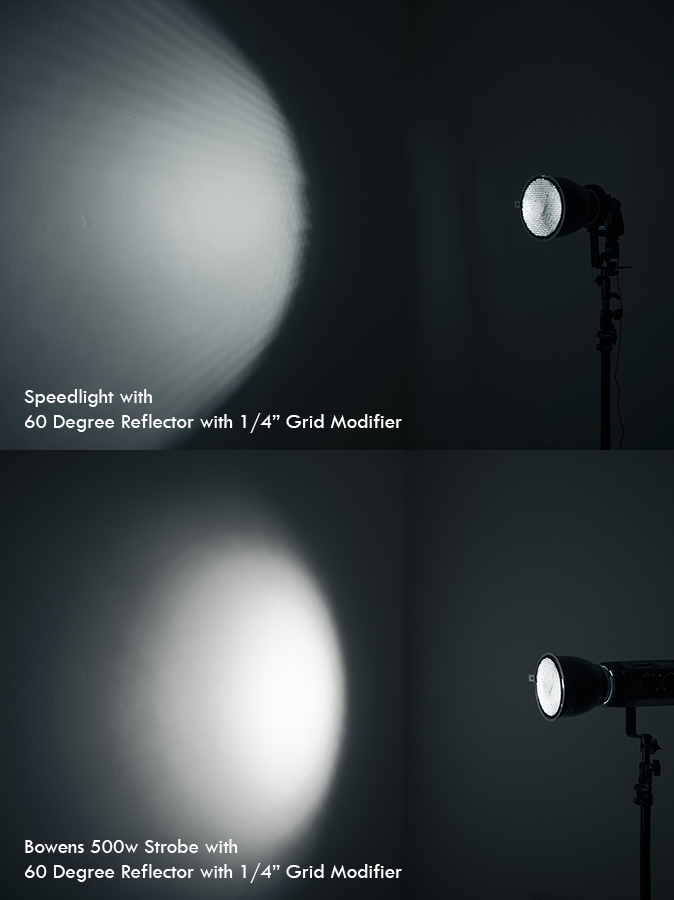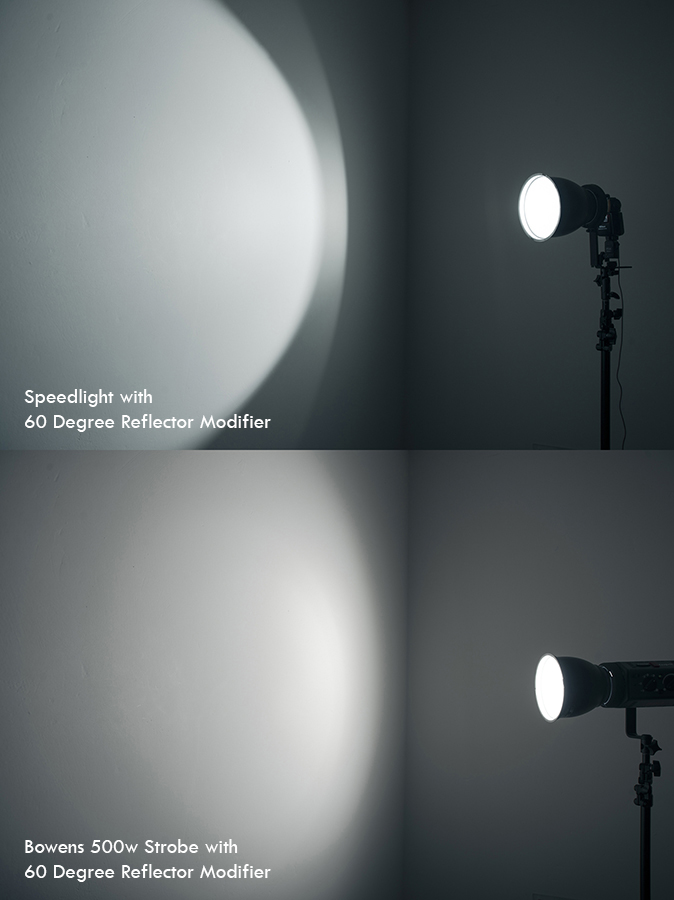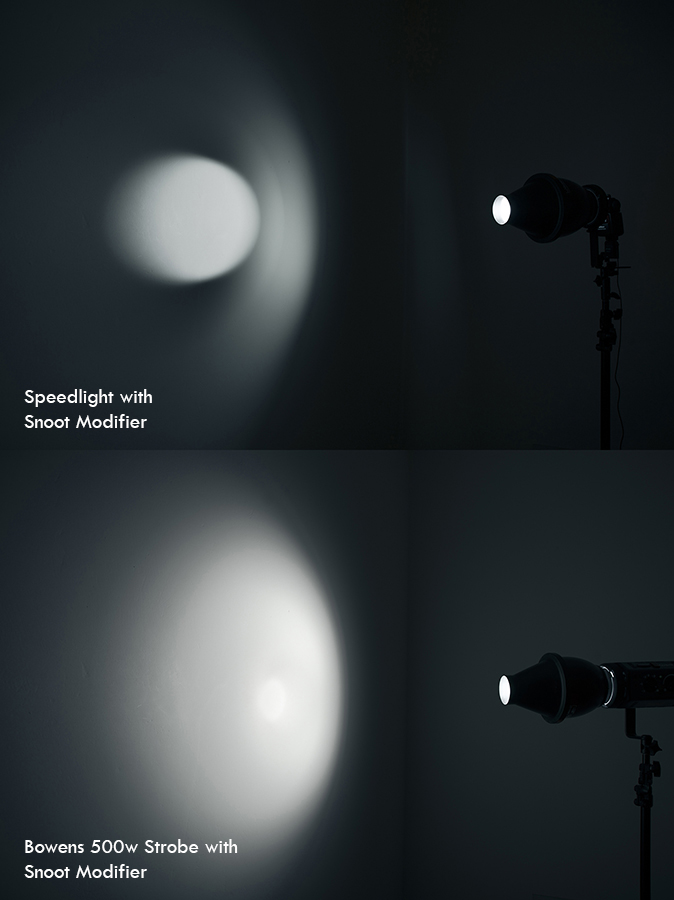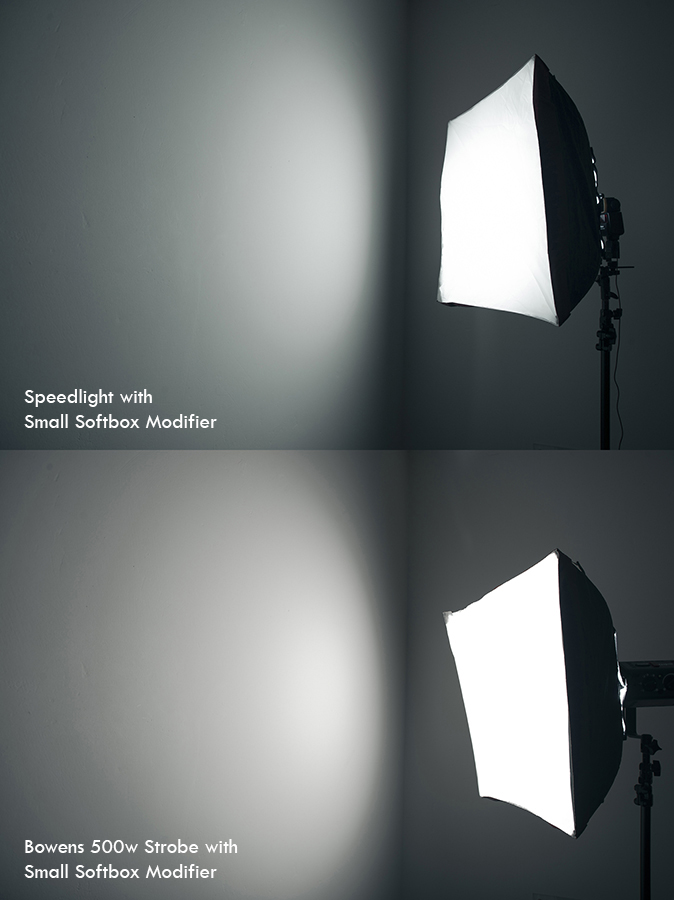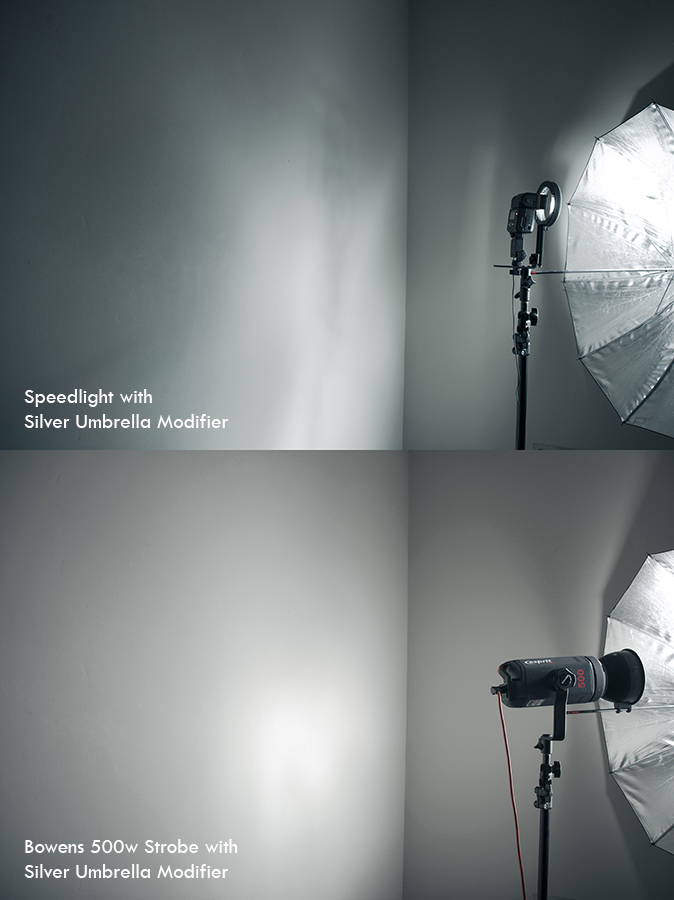The Lensbaby Velvet 56mm f1.6 lens in the silver finish.
Lensbaby
The Lensbaby brand has been around for a while now and it's a name that is synomonous with helping photographers see in a new way but perhaps most importtanly in my opinion they also help to inject a bit of the creativity and art back into this slightly more clinical digital age of photography.
Up until now Lensbaby has always been about making lens for photographers that would add a creative edge to the image taking process. They make a variety of lenses, some of which distort the field of focus on a horizontal plane like their Edge 80 lens or their Composer Pro lens that distorts the image on radial focal point all fully adjustable by the user. I have used one of their lenses at some point during nearly all of my shoots for a long time now and although the effects produced are incredibly dramatic I have never thought to use a Lensbaby on an entire shoot from start to finish, that is until now.
This shot of Ryo Love was taken on the Lensbaby Edge 80. See how the plane of focus is split on the horizontal axis so only the top half is sharp. It's worth noting that the out of focus parts of an image with this lens produce distortion-free bokeh; see how the balls of light sparkle? This is something that can only be produced 'in-camera' and no image editing program can truly reproduce.
What type of look does it produce?
With Lensbaby's introduction of their new Velvet 56mm they have in my opinion gone less 'art' and more 'practical', this is a lens that with the right experience could be used on any shoot to help give an engaging look to a shot without overpowering it as their other lenses may have done previously.
Those of you who know the Velvet lens I'm referring too may be raising an eyebrow at that statement because every advertising shot shown for the lens so far has been pretty dramatic and eye-catching but maybe not a look you want throughout an entire shoot. The images have been bright, glowing, soft, hazy closeups shot at crazily low f-numbers but that is not all this lens can do. Sure the Velvet's key qualities is that it produces these gorgeous diffuse images that have a magical glow too them and I enjoy taking these types of shots immensely but that effect is really only available at the very wide open apertures of f1.6 and f2. Start to stop your lens down a little and you will start to create a far more defining and practical look and style.
When you start to shoot at f4 or f5.6 on this lens you will begin to create images that are more reminiscent of lenses from a by-gone era and without using the phrase 'vintage lens look' you will certainly get a feeling of nostalgia from the shots you capture. If you were to stop-down even more to f8, f11 and beyond you actually have an incredibly sharp lens that will take crystal clear images all day with minimal distortions towards the edges, no diffusion and very little in the way to say that this is an art lens by any means. It is my opinion that this is an incredibly versatile lens and with a little practice and experience of its characteristics this is certainly a lens that you could use on an entire shoot that would produce nothing but outstanding images that were as 'artistic' as you dictate.
Portrait of the artist Dan Le Sac taken on the Lensbaby Velvet lens at ISO 100, 1/80 sec at f2.8. Note the increase in glow towards the edges of this lens, particular around the foot in this shot where the light appears to wrap around him.
How does it feel?
The Velvet is a very solid piece of engineering indeed and as soon as you smoothly slide the 400 gram lens out its box for the first time you know you're holding a serious piece of kit. I myself have gone for the polished silver version as it looks pretty amazing but the Velvet also comes in a black finish too. The lens itself is a manual focus lens that is very solid and the focus ring is very firm and precise, something that most auto-focus lenses won't have. The firmness of the focus ring is great for helping you nail focus on subjects like portraits but not if you plan on making dramatic focus pulls quite quickly like with a moving subject. The lens won't talk to the camera in any way so the aperture is adjusted via the aperture ring at the base of the lens and again these change with a very resounding and firm click so it's very easy to feel your way around this lens without having to look at it. Unfortunately the design of the Nikon's means the aperture ring is hidden under the onboard flash on most Nikon DSLR's but the Canon version is unhindered and clearly visible.
This shot of Natasha Jayne Heard taken on the Lensbaby Velvet ISO 250, 1/125 sec at f 4.
I'm no scientist
I'm no scientist, I just take pretty pictures but the reason I wouldn't compare the Velvet to a vintage lens is that the older lenses we can buy adaptors for and affix to our modern cameras often tend to produce chromatic fringing (bleeding of colours often seen as red edging) in the softer areas, this is certainly not present on the Velvet. The other distinction to point out is that this lens is not 'blurring' the image as I often hear people saying, the lens is actually capturing a sharp image underneath a diffused version on top. This is a tricky look to explain but even wide open at f1.6 there is still a sharp image in there it's just being diffused as well. Those of you that have used diffusion filters may well understand what I mean but the big difference here is that the Velvet diffuses the image without any loss in contrast. I've no idea how they're doing this but it's definitely a very cool look.
The sweet-spot for the Velvet is always in the middle and although its far less noticeable when you're stopped down the effect is certainly dramatic and worth bearing in mind when you're wide open. It's also worth nothing that in the right conditions you will start to see a lovely swirling effect of the background bokeh which again becomes far more apparent towards the edges of a shot.
Tried and very tested
I have had the fortune of having this lens for a few weeks now since its release and I have used it on several photoshoots including multiple portrait shoots, model portfolios and fashion editorials and I'd like to think that I have had the benefit of time on my side to properly get to know the lens. The reason I mention this is because I have heard a couple of people talking about the lens who have only used it once or not even used the Velvet at all. I think to those looking at this lens from the outside have been quick to judge it as a blur-inducing, soft-focus lens that emulates an effect that can be simply reproduced in post production. I fear this is a little naive in my opinion, I'm certainly no slouch when it comes to post-pro but just like all of the effects that previous Lensbaby lenses create the Velvet look cannot in my opinion be recreated to the same extent with editing software. You really have to use the lens yourself to see what I mean but the gentle swirling of background blur and transition from sweet spot to softness based on object depth and distance to the lens is very impressive and would be so counter productive to try and achieve in post.
The Velvet lens at f1.6. Even wide open like this the diffusion is completely controllable and as far as I have seen the flare is not something to panic about either. It's worth noting that this portrait of Natasha Jayne Heard has a large softbox behind her pointing at camera which resulted in no flare at all wide open like this.
Is it long enough?
The other interesting point to bring up about this lens is the focal length. The Velvet comes it at 56mm and although I thought nothing of this and I personally felt this was an ideal focal length for the portrait and model work that I do, a couple of people disagreed. The reason they are concerned about this focal length for portraits is that it technically 'distorts' the subject. This is always a tricky subject to debate because the distortion is only based on what our human eye is used to seeing. To get an accurate like-for-like look of what's in front of you, you would probably need a longer lens like 85mm. You can try this yourselves, attach an 85mm to your full frame camera, hold it in portrait mode and open both eyes as you look through it. The two images should line up pretty accurately, do the same with a wider angle lens and the images won't align hence the concern about distortion. I personally think this is a very antiquated perception of what photography is about; if you are cataloguing a crime scene where size and scale are mandatory factors with zero tolerance for deviation then yes I'd stick to an 85mm. If you're looking to create an engaging portrait that is just as much about evoking a feeling and mood about a subject as it is about what they look like with creative tools and effects then no I don't think shooting at 85mm is remotely necessary beyond personal preference.
So to sum up the Lensbaby Velvet
First off this is a very solid lens with impeccable build quality and design with the option of black or silver finishes for Nikon, Canon, Pentax and Sony. At present the silver finishes are a little more expensive than the black.
Very firm focus and aperture rings, something that is quite important on manual focus lenses that don't communicate with the camera. The Nikon cameras tend to hide the aperture ring setting but after a while you don't really need to check this anyway, you can just feel the adjustments by the resounding clicks.
The 56mm focal length is very versatile indeed and great for taking portraits in a more limited space where longer lenses prohibits backing up to get more in.
Most importantly the look that the Velvet produces is what will ultimately make you fall in love with it. This is not a vintage lens remake and as such does not bring some of the shortcomings of dated engineering. It does however evoke an incredibly nostalgic look that will blow you away each and every time. The lens produces those iconic dreamy and glowing images when used wide open at f1.6 and f2 but once you start to stop it down the shots are very practical indeed and I personally love using this lens at around f4 and f5.6. At these apertures the lens has a very gradual sweet spot of focus that leaves the only the edges in a diffused glow that is not too overpowering.
Can you get amazing images straight out of the box of whatever you point the Velvet at? No you cannot. This is a new creative tool, try not to think of it as a new lens, this is a new piece of equipment that you need to learn how to use not unlike the other Lensbaby lenses. With some practice you will start to produce some very unique images that can be as soft and glowing as you like at wider apertures. Dial it down though and you have a very characteristic lens that you can use all day.
Click on the image above to enlarge them. I have include them here in a hi-resoultion so be patient. The first four images are taken at f1.6 and f2.8 and last three are taken at f4. It's clear to see the difference even with minimal aperture adjustments.
The behind-the-scenes images above were taken at a recent fashion editorial shoot in London. A lot of these were taken by Dan Le Sac of me whilst I worked and they are taken at a variety of apertures from f1.6 to f5.6.
Here are the resulting images taken on the day too. All of the above shots were taken on the Velvet 56mm and I'm pretty sure that most of these were taken at either f4 or f5.6. To get some of these shots at a wider aperture like this I also used a 2 stop ND filter to give me shallower depth of field.



















